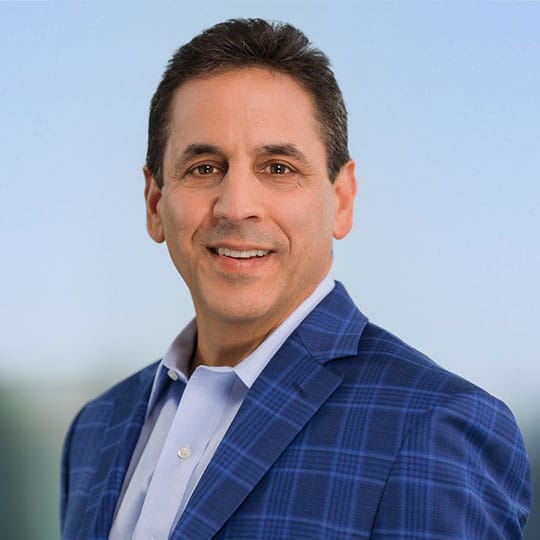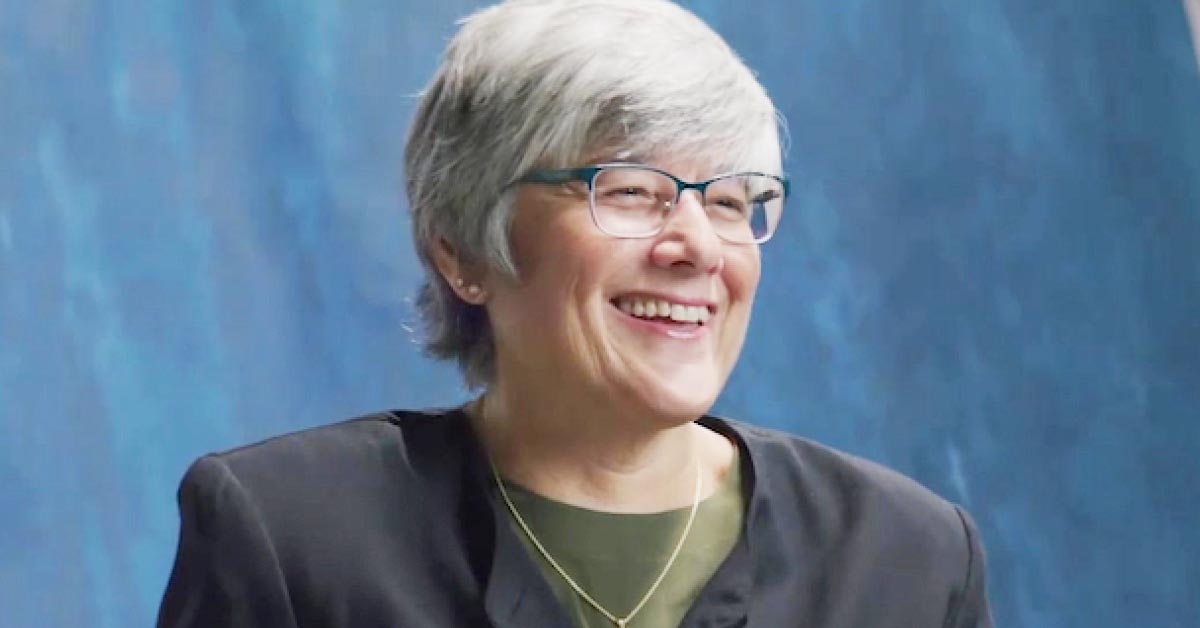
*This article was first published on BenefitsPRO on October 30, 2023*
For individuals actively exploring the job market, while the landscape may be slightly less favorable than last year; candidates are still enjoying a modest advantage when it comes to seeking new opportunities. With job openings 40% higher than pre-pandemic levels, employees often have the luxury of carefully weighing job opportunities before accepting a position. As a result, a company’s ability to attract and retain top talent must rely on more than just an attractive salary.
For organizations putting together offers that stand the best chance of attracting quality candidates and ensuring team members’ continued productivity, happiness, and engagement, employers must look at the big picture and anticipate needs. This can include providing a significant benefits package that meets health care and retirement needs, as well as additional perks such as fitness programs and mental health initiatives that can contribute to lower health care costs in the long run. Furthermore, the importance of benefits that support a strong and healthy workplace culture and work-life balance cannot be overstated at the present time.
Evaluating and designing a benefits package that packs a punch is a big lift that requires the involvement of an organization’s top decision makers and leaders. Too often, however, companies relegate all benefit-related tasks to just the human resources department who create and administer a standard package and renewal when the time comes. It’s important to include cross-functional leaders in these decisions to ensure the company’s health benefit plan still meets employees’ needs and truly reflects the organization’s priorities. If a holistic approach is not taken, it can cost companies money in more ways than one. Potential impacts can include immediate spike in rates, a delayed increase in costs due to employees seeking care for conditions that a solid wellness plan may have prevented, and even the loss of talented team members who seek other opportunities to meet their indirect remuneration needs.
Benefits Are More Than Just Health and Wellness Improvement
Companies must look at benefits as an investment in their business, helping to ensure long-term sustainability by supporting and understanding employees so they can operate to the best of their abilities. A recent study showed that employees experiencing burnout are 63% more likely to take a sick day, 23% more likely to visit the emergency room, and 2.6 times more likely to be actively seeking a different job. Benefits not only set companies apart during the hiring process but also significantly impact productivity, attendance, and engagement through their influence on health, overall well-being, and employee contentment. To put it simply, benefits are a crucial aspect that the C-suite cannot afford to overlook when it comes to actively engaging in the process.
Though affordability is always a priority, a number of other elements factor into a solid benefits strategy, including risk exposure and tolerance, variability in cost, funding strategy, and administrative responsibilities. And then there’s the chief consideration of whether the benefits plan meets employees’ needs from all angles – health care, pharmacy, holistic and mental wellness, retirement planning, work-life balance, and company culture. Programs that address these areas are more in-demand than ever, and those needs are being taken seriously. In fact, in the past two years, 73% of organizations have increased their communication emphasis on mental and behavioral health offerings.
A strong, multifaceted benefits plan creates multiple touch points between employees and their employer, strengthening mutual bonds and creating opportunities to showcase loyalty on both sides. Relationship building starts at the top, and no one is more attuned to the company’s long-term plans, performance goals and needs than the senior leaders.
C-Suite Involvement: What Does it Look Like?
The C-suite possesses the data and information necessary to make key benefits strategy decisions, such as growth and profit projections, anticipated personnel needs, merger and acquisition possibilities, financial analyses, and product-development goals. Assessing needs from a long-term view is a necessity when cultivating adaptable packages that stand the test of time, providing what’s needed now and well into the future. Top executives’ involvement in benefits plan design and implementation does not mean the human resources department takes a backseat. The best packages are a result of collaborative efforts led by different leaders across the organization, representing a mix of departments and perspectives. There are many ways to ensure a unique and impactful blend of voices have a say in the process. A small, cross-functional group or committee could be appointed, consisting of several executives who work with members of other departments, such as finance and human resources, to develop a balanced package that serves the needs of the company and exceeds employees’ expectations.
Another option is to form an advisory panel that could conduct research and offer guidance and insight to the human resources department, ensuring a smooth and progressive journey from start to finish. The executives on the panel may initiate surveys or polls to assess employees’ needs, preferences and expectations, increasing the chances the company’s plan will find its mark. After all, stats reveal that more than 80% of consumers conduct research ahead of a major purchase. Given the significance of a strong benefits plan and the number of people it affects, any and all tools should be utilized to gather data whenever possible.
In addition, needs assessments help employers understand what matters to different segments of their teams and can help everyone involved prepare for upcoming lifestyle changes and milestone events. For example, younger employees may appreciate remote-working options and more vacation time, while older staffers likely will value retirement-planning assistance.
Don’t Overlook Administration Support for Retirees
When a needs assessment reveals a number of staffers desire a specific benefit, C-suite teams may consider plan offerings that meet current needs and offer transitional benefits that support employees throughout the stages of their professional journeys. If many workers rank paid parental leave as a priority, for example, then the company’s leaders may acknowledge that and consider other perks and policies that accommodate family life, such as schedule flexibility.
Similarly, employees nearing retirement who request financial planning options to support their post-employment lifestyle goals may also be interested in retiree health care plans. Employers who don’t offer health coverage to retired staffers can still assist their senior employees as they exit the job market by providing guidance. Ensuring the team members who have loyally served an organization can access and understand the retirement benefits they’re entitled to goes a long way to show employees their company cares about them. The Medicare landscape is increasingly complex, thanks to constantly evolving regulations, so simplifying the enrollment process with hands-on consultative support can help improve outcomes for both employers and employees.
No matter the exact approach, having the C-suite involved in benefits package design and evaluation conveys that the plan is not just a transactional component of company operations. Taking time to craft the package with attention to detail and input from all functional areas boosts morale and sends the right message to teams. If taking care of your employees matters to your bottom line, then being strategic with your benefits matters.
*This article was first published on BenefitsPRO on October 30, 2023*






